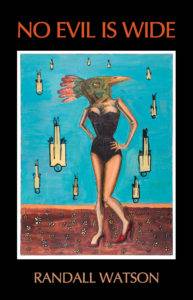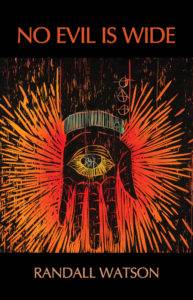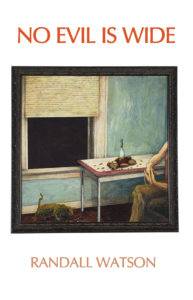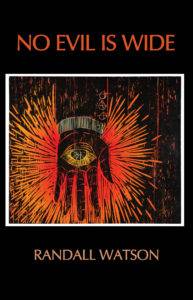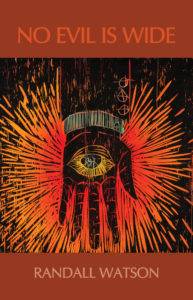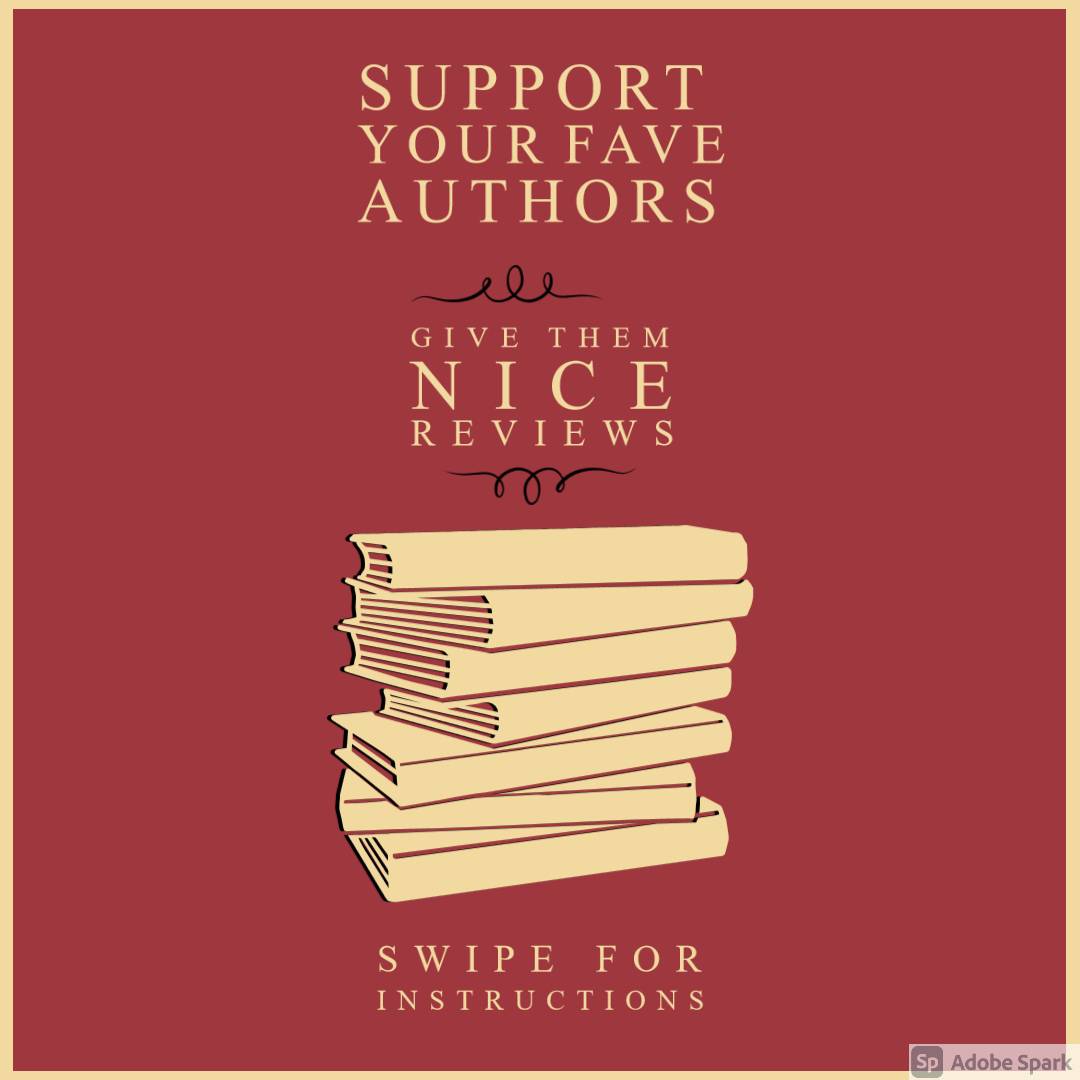
Wanted to support your favorite authors somehow beyond just buying their books? We all have a favorite author or artist, someone whose work we love and would like to support. However, sometimes, times are tough and we just don’t have the spare cash to buy a book right away. Or our favorite author may not have a new book for us to buy in the first place.
What can we do to support them so that they can still afford to write the books we enjoy?
#1: Leave reviews.
This is true for any business today, and that is what writing is–a business. Products with higher star ratings and a larger number of reviews tend to sell more, and in this, the era of Amazon, more reviews makes them more likely to be seen. Amazon and Barnes & Noble (the two biggest marketplaces for books in the United States) both require a minimum of at least 30 reviews before they will start to feature a product in a customer’s “recommended” section on their websites.
A lot of people feel overwhelmed at the idea of leaving reviews–especially on books. Our theory is what we like to call PTECD (Post Traumatic English Class Disorder). Don’t worry, this is an E for Effort classroom. Something as simple as “I liked it” is immeasurably helpful. We don’t require full book reports to pass. 😉
#2: Request copies at your local bookstore or library
Despite common misconceptions, authors and (indie) publishers love libraries, because they make their books readily available in an otherwise financially blocked market. By requesting a library stock a book from by your favorite author, you are helping that author and his or her publisher to earn an income while you gain access to the book at no cost to you (as long as you don’t accrue late fees–tsk, tsk!). You are also making the book available to other people who might enjoy it and who may also write a review for it (full circle).
I want to write a review, but I don’t know how!
Here are instructions for writing reviews on Amazon, Barnes & Noble, and our own Madville Publishing (the website you’re on right now).
It is important to note that there are many other places where you can leave reviews such as Goodreads (owned by Amazon) and StoryGraph. Our list is not exhaustive, but it will get you started. Every little review (the more stars the better) helps.
Amazon

After making sure you are logged in to Amazon (or Amazon Smile to also have a portion of any proceeds from your purchases go to a charity of your choice), look up the book you would like to review and select it. In the sample image, I have searched for What Magick May Not Alter by JC Reilly which already has two (wonderful) reviews. It does not matter whether you choose the paperback or kindle edition of a book, they both go to the same place.

Once you have selected the book, scroll down to the bottom of the page. In the sample image I have prepared here, you can see a lovely 5 star review from Linda Austin. There is a grey button labeled “Write a review.” On mobile, it is under the other reviews. On Desktop, it’s to the left of them.

Once you click on this button, you should be taken to a new page with several blanks to fill. 5 star ratings are obviously the most helpful rating for an author and publisher. You can add an image if you’d like. Then, of course, the written review itself. As I said before, this can be as simple or complex as you’re comfortable with. “I liked it” is good, “I couldn’t put it down” is better, and a full essay is simply spectacular. Either way, we are eternally grateful.
Barnes & Noble

Much like Amazon, the first step to leaving reviews on Barnes & Noble is to login or sign up for an account. Then, search for the book you want to review.
In my sample image, I’m searching for Stand In The Traffic: A Himalayan Adoption Story by Kate Sauders.
As with Amazon, it doesn’t matter whether you click on the Nook version or the paperback version in the search results. They both take you to the same page.

The review link isn’t obvious if you are the first reviewer for a book.
If there are no other reviews, there will be green text beneath 5 blank stars that reads “Click here to be the first to review this product.” If there are other reviews, there will be a blue button labeled “review.” Click on whichever one you see.

Just like Amazon, B&N wants a star rating, a title for the review, a photo if you feel like it, and a review itself.
“Great Read!” is still very much appreciated.
B&N also has a few optional boxes to tick. These help their search algorithm put the book in front of people who would actually be interested in reading it–boxes to tick like, “Would you recommend this book to a friend?” or adding tags that you feel describe the book (tearjerker, laugh out loud, feminist, inspirational), whether or not your review contains spoilers for the book, and what kind of reader you would describe yourself as (casual, literary, book club reader, etc.)
MadvillePublishing.com
All publishers appreciate reviews on their own websites, as well. We are no exception.

Say it with me, kids: Make sure you’re signed into the website first!
To sign in or sign up for an account on Madville, click either “Sign Up” or “Account Details” on the black menu bar at the top left of the screen. If you can’t see the black bar, it might be hidden behind the dismissible purple banner at the top of the page. Click “dismiss” and the black bar should be made visible.
Once you are logged in, the process begins to sound familiar. Navigate to the book you’d like to review. In my example image above, I’m using Mistakes by the Lake by Brian Petkash. A little less than halfway down the page, you should see three tabs: Description, Additional Information, and Reviews. Click on “Reviews”.

When the tab loads, you should see any existing reviews as well as stars for a star rating, a text box for your review, and a submit button. Fill these out, please and thank you!


